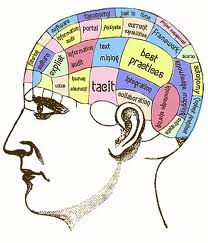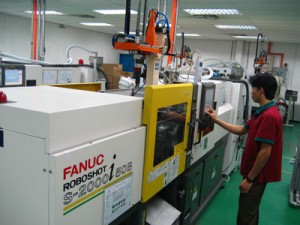
Brazil’s law requiring serialisation for pharmaceuticals gains pace
At Design Cognition we believe that the following legislation will have a major impact on any pharmaceutical company manufacturing and/or selling medicinal products in Brazil. In a major drive to eliminate counterfeited medicinal products; unique labels are to be supplied by the Brazilian Government’s ‘National Mint’ for medicines registered with the Brazilian Authorities.
All medicines will be required to have labels applied to their packaging before January 15th 2012. It will be illegal to sell products without these labels in place. Pharmacies throughout Brazil will have label readers installed to verify the labels on the products in time for this deadline.
This initiative is far more controlled and constraining than other anti-counterfeit measures put in place by Governments in other country, for example in France, where 2D data matrix codes are to be incorporated on all medicines by the end of this year.
The introduction of this legislation, although delayed from June, has taken a ‘new turn’ recently, as emphasised in September by Peter Schmitt of Montesino Associates, who provided an update on the impending law in the live Webcast, “Update: Brazil Law 11.903—An “Emerging†Regulation for Traceability & Serialization.â€
ANVISA is the Brazilian National Health Surveillance Agency and was established in 1999. The law and the original ANVISA guidelines detailed a program of serialized code in 2-D Data Matrix format on a security label printed by the national mint that was to be rolled out in June 2010. Subsequent ANVISA announcements delayed the timeline, but in November, ANVISA indicated that it will require all pharmaceuticals sold in Brazil to comply with its program by January 2012.
On November 3, ANVISA posted a Normative Instruction to the Daily Journal (Brazil’s equivalent to the United States’s Federal Register) detailing its decision to move forward with the self-adhesive security labels supplied by the Brazilian Mint (known by its Portuguese initials: CMB-Casa da Moeda). According to Schmitt’s translation, ANVISA states in the Instruction that “the self-adhesive labels shall contain an individual, unique, and non-repetitive identifier, called the IUM (Brazilian Initials for Unique Drug Identifier), printed in legible characters, and consisting of a two dimensional bar code. . . . The other specifications of self-adhesive labels are the responsibility of the Mint of Brazil and will be published by that entity.â€
The self-adhesive labels, often called “Safety Labels†or “Stamps†by ANVISA, “will be supplied by the CMB to each company with drug registration in Brazil, regularized with ANVISA.â€
The labels will feature an “invisible marker†for authentication that can only be recognized by the special readers. Measuring 19 × 25 mm, the labels will feature “micro fibers and coloured beads visible only under ultraviolet light†along with “micro cuttings to protect against attempted tampering,†Schmitt reports.
Over the next seven months, ANVISA will be supplying readers to pharmacies at no cost to them, which will enable them to authenticate the labels.
“Data from the security labels will be connected via the IUM and Brazil’s Electronic Invoice system and will be the responsibility of the Treasury Secretary of Brazil,†Schmitt explains.
“Pharmaceutical companies have 60 days to enroll in the program (not to implement) by signing a contract with the CMB,†Schmitt adds. “Shipment of the labels to the pharmaceutical company must begin within 60 days after the contract has been signed.â€
Companies will have six months to start using the label for products produced in Brazil and 12 months for products imported into Brazil, Schmitt reports. After January 15, 2012, all pharmaceutical products sold in Brazil are required to have the safety label on their packaging.
Watch this space for further updates. You can read other pharmaceutical & healthcare-based packaging articles by following this link to Design Cognition Pharmaceutical Posts
Or follow this one to read the full Brazilian serialisation PMPNews article
Chris Penfold
![]() . Tweens are feisty, opinionated, razor-sharp, brutally honest, slightly awkward, and very, very important for your brand.
. Tweens are feisty, opinionated, razor-sharp, brutally honest, slightly awkward, and very, very important for your brand.






 By following the link below you will be able to download a PDF ’flyer’ & Registration form.
By following the link below you will be able to download a PDF ’flyer’ & Registration form. Every day millions of patients fail to take their medications as prescribed by their doctor. Medication non-adherence is a problem that disrupts the healthcare system in many ways, leading to patients failing to receive full treatment benefit. Non-adherence can lead to hospitalisation and even death.
Every day millions of patients fail to take their medications as prescribed by their doctor. Medication non-adherence is a problem that disrupts the healthcare system in many ways, leading to patients failing to receive full treatment benefit. Non-adherence can lead to hospitalisation and even death.